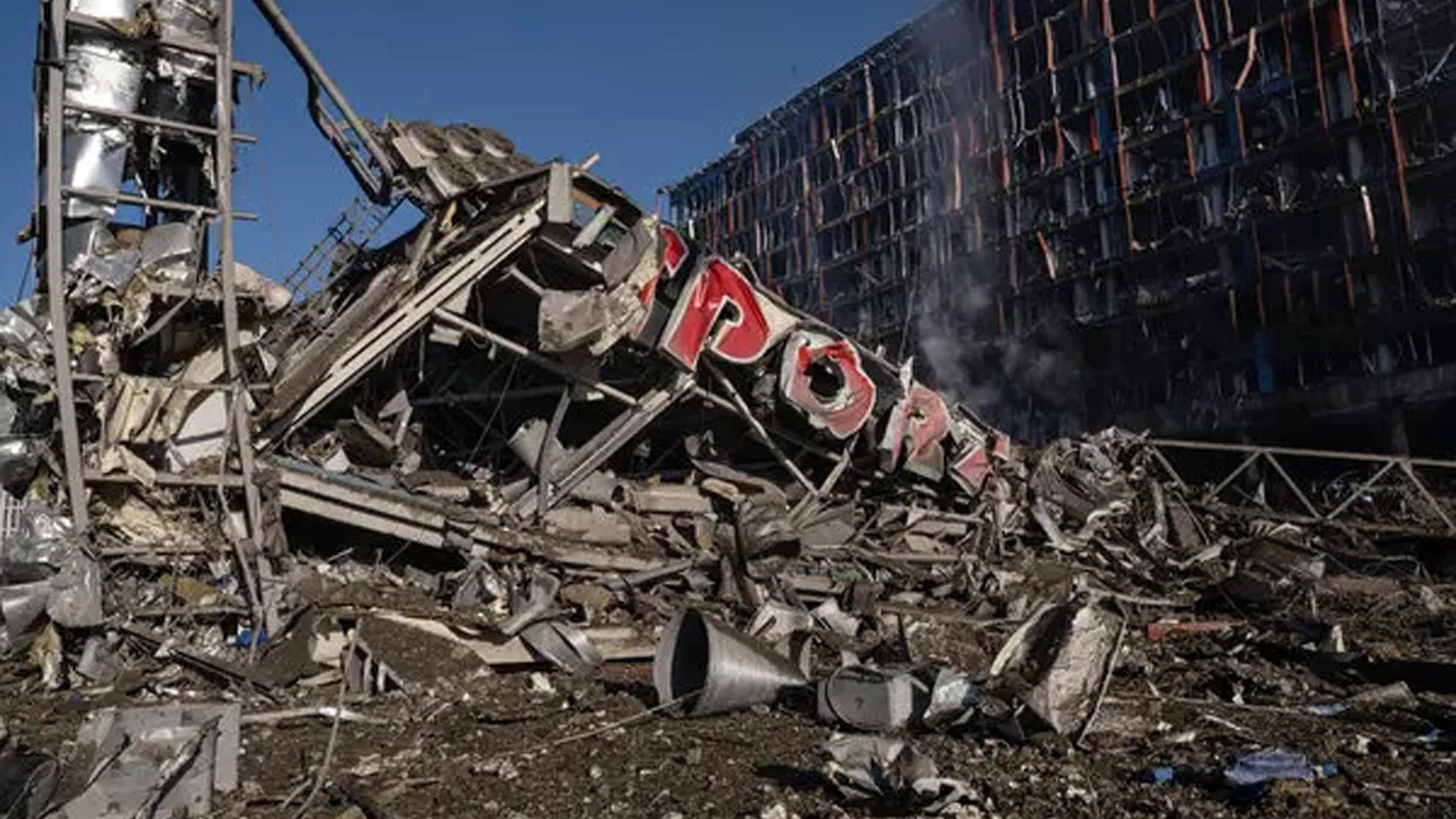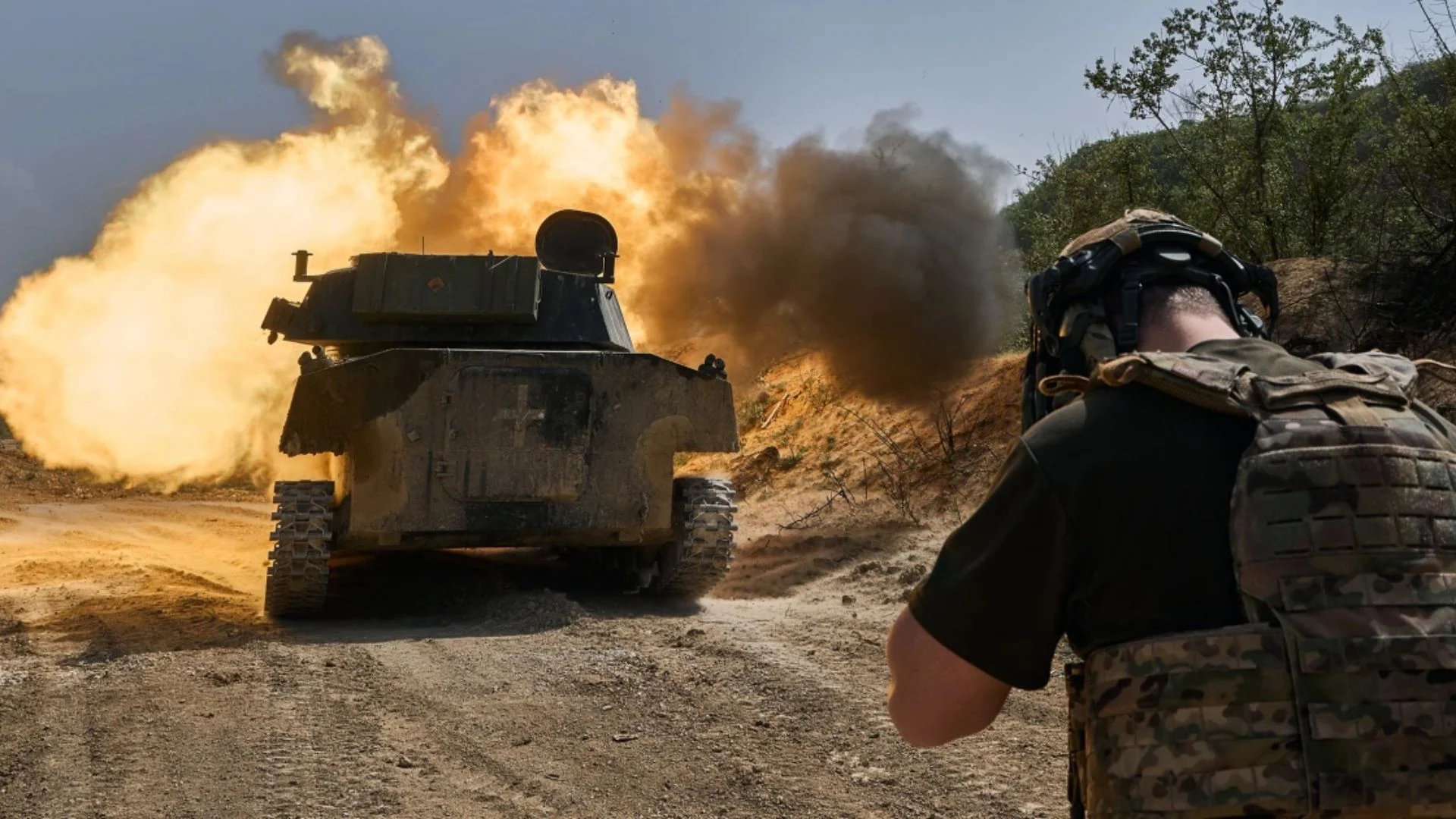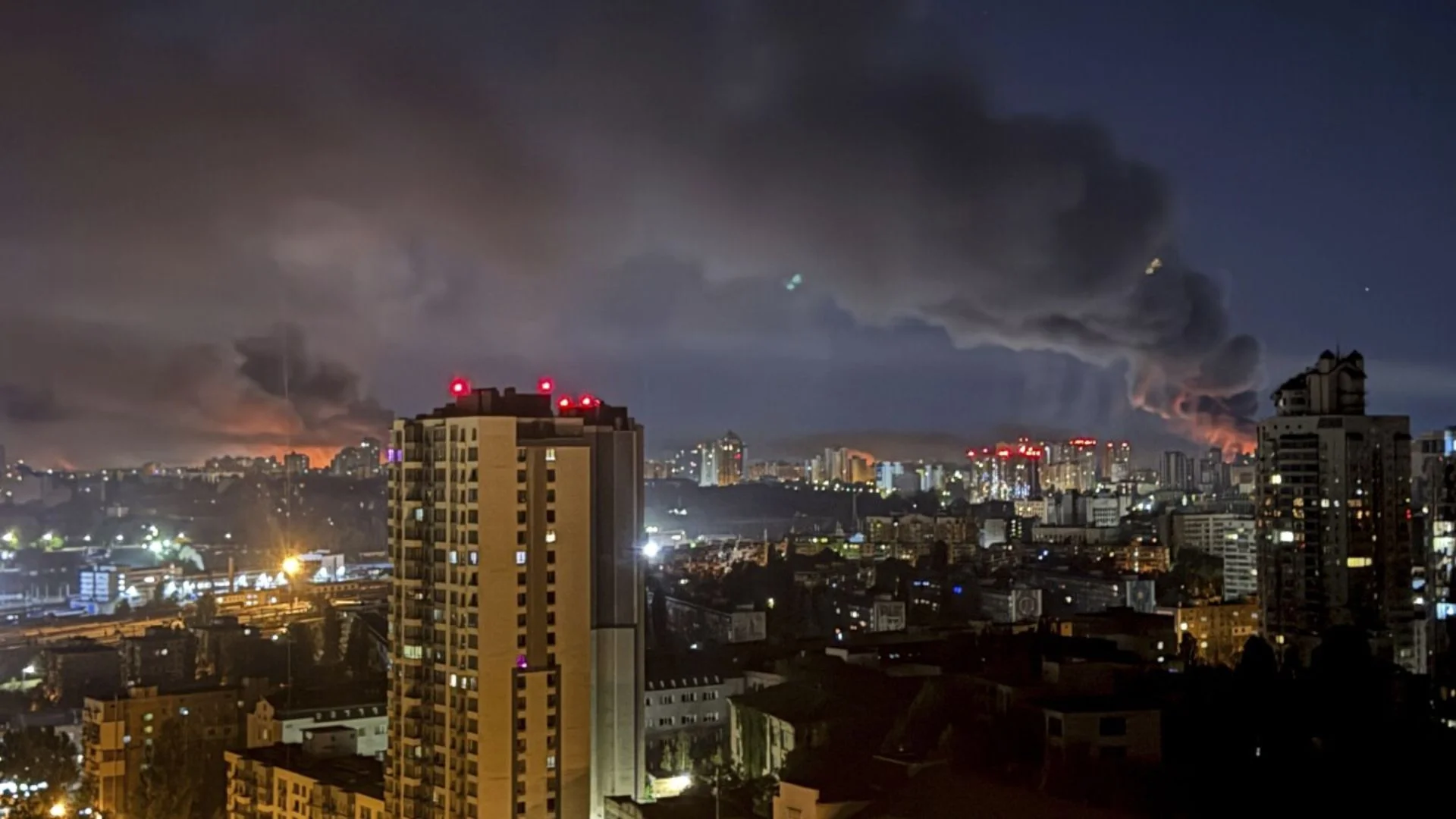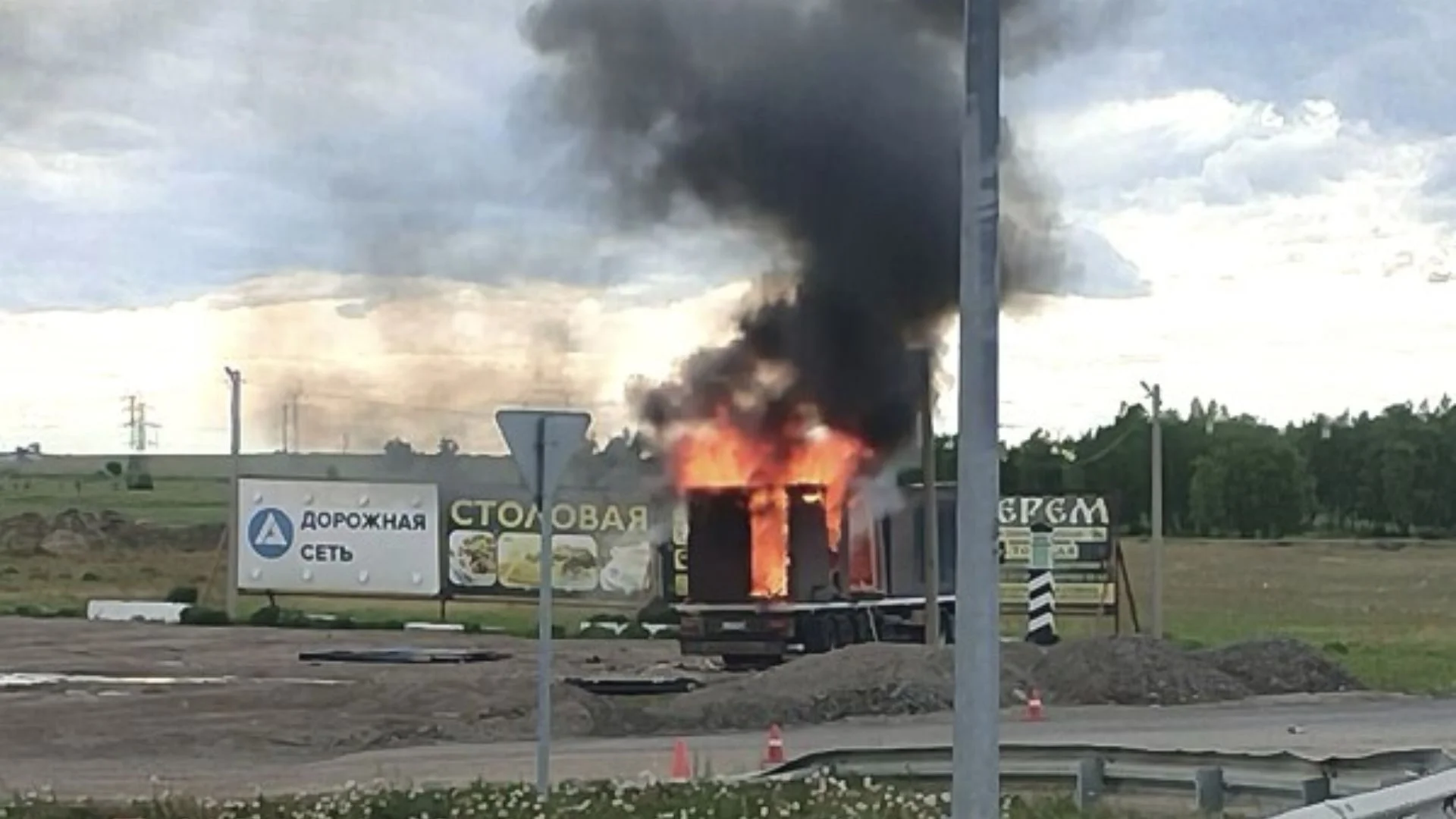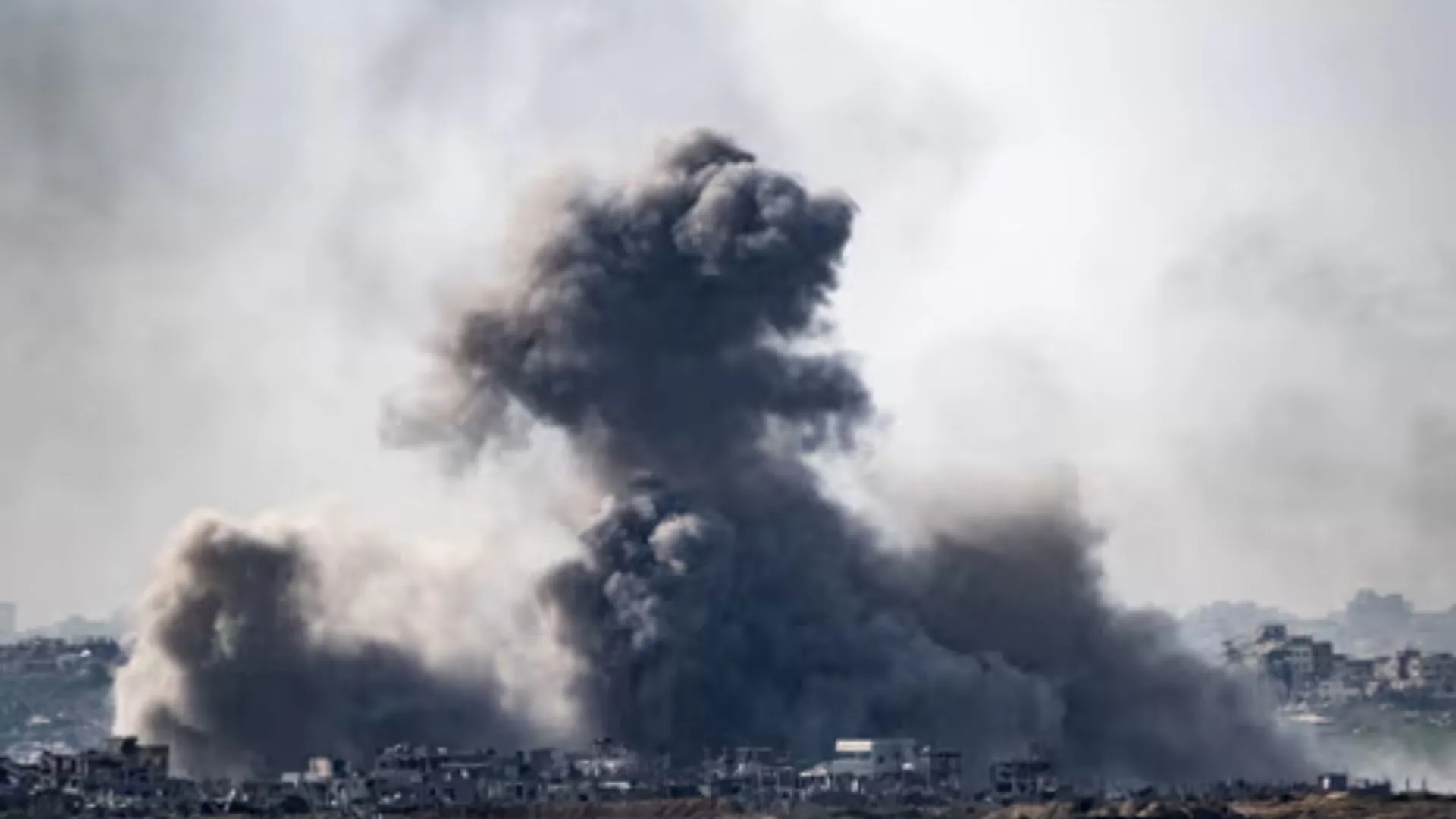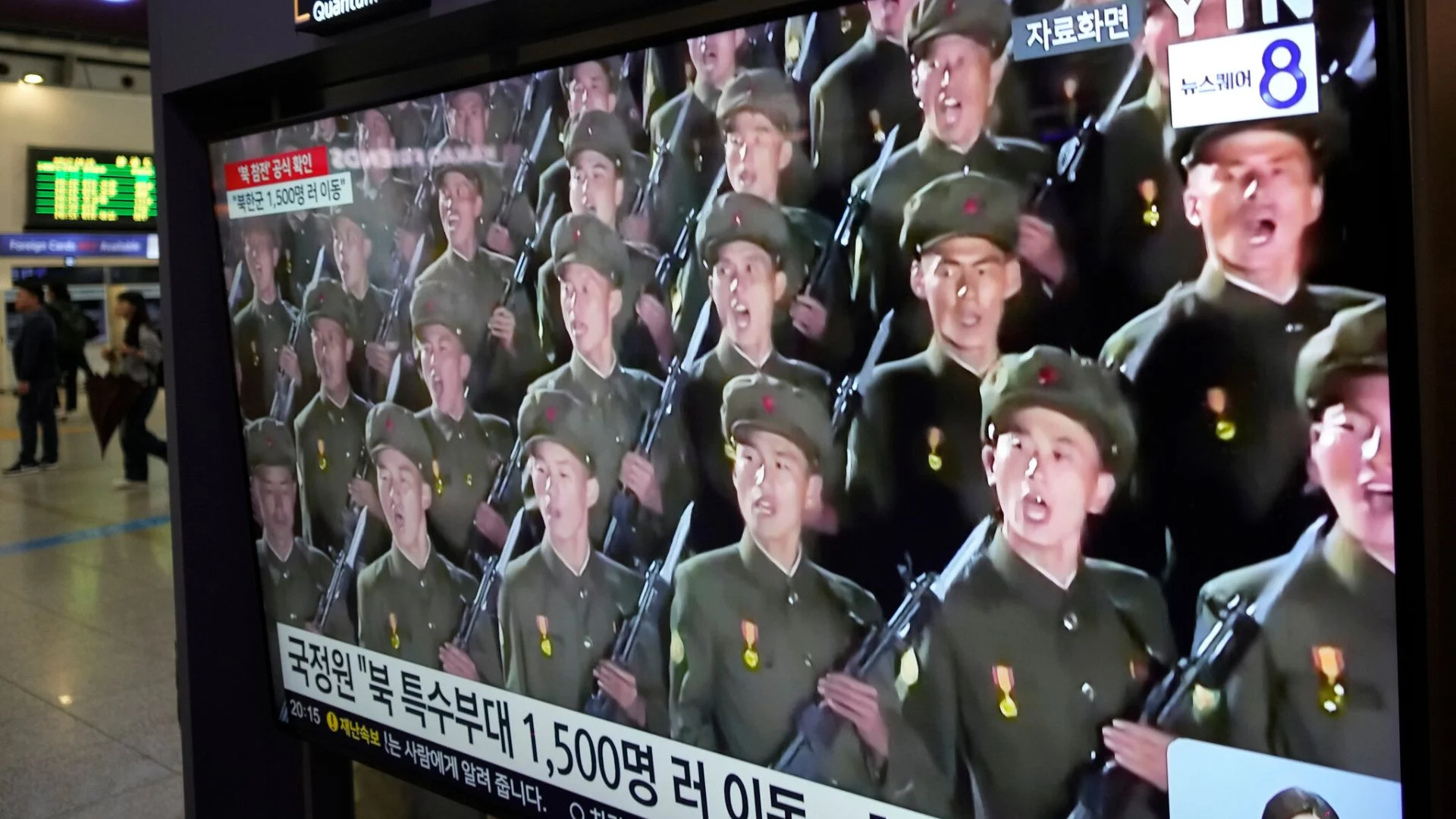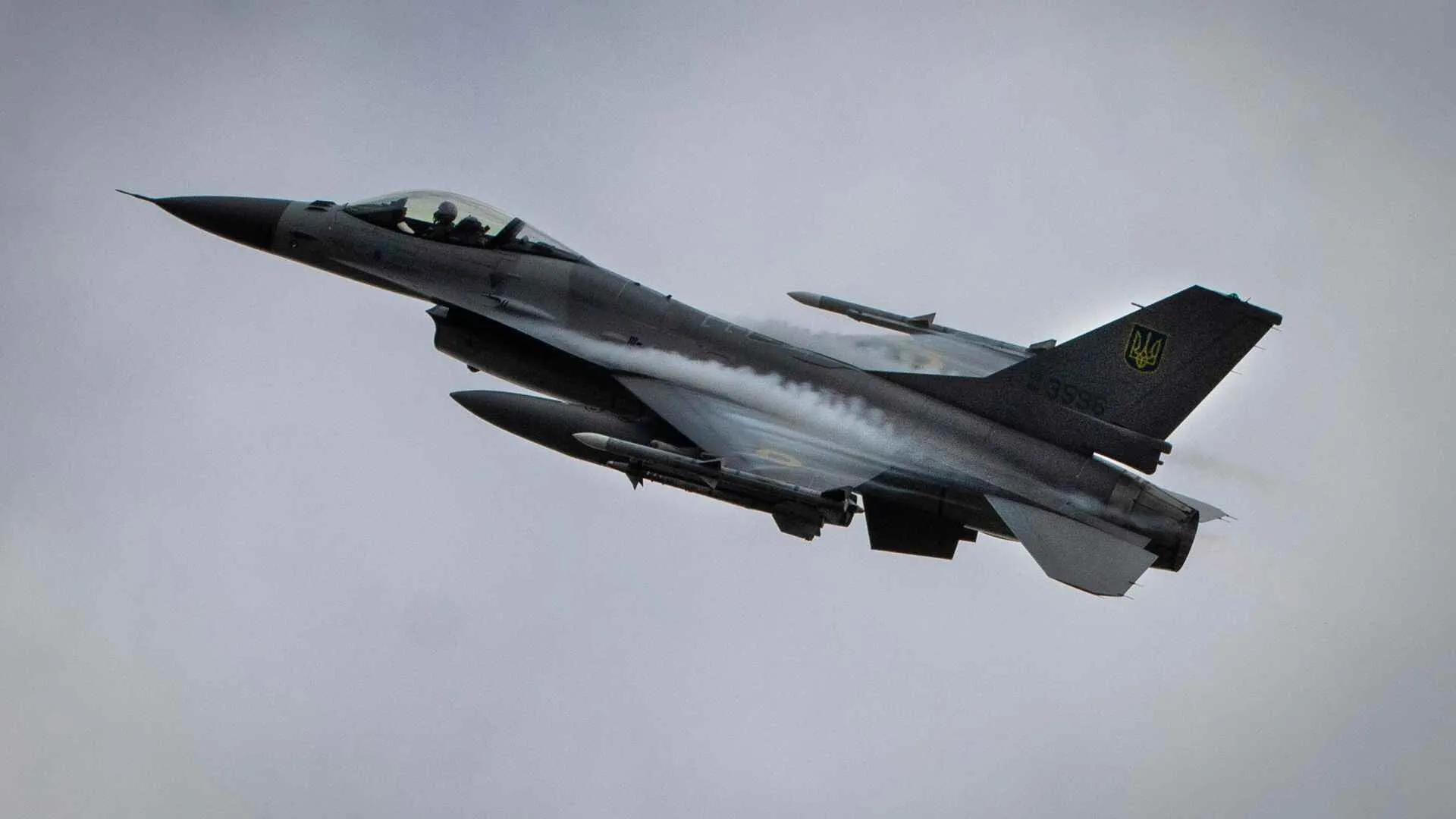In a dramatic turn of events in the raging war, Ukrainian special forces simultaneously launched drone attacks on several Russian airbases on June 1, downing or damaging at least 41 strategic bombers. The operation has been welcomed as one of the most technologically advanced and large-scale special forces operations in contemporary warfare.
The Russian media referred to the attack as a “Pearl Harbour” moment, comparing it to the Japanese surprise attack in 1941 on the US naval base in Hawaii. Unlike the event, however, Ukraine’s attack is amid a four-year conflict and just a day ahead of the second round of peace negotiations between Russia and Ukraine in Istanbul on June 2.
Strategic Drone Bombers Targeted Across Russia
The Ukrainian drones hit strategic airfields in Olenya, Murmansk, and Irkutsk, Siberia, some 6,000 km apart, in three time zones. The attack reportedly damaged Russia’s Tu-95 and Tu-22 bombers, along with A-50 airborne radar planes—platforms Russia uses for launching long-range cruise missile attacks on Ukraine.
Analysts estimate that the highly organized attack destroyed more than 30% of Russia’s bomber fleet. Reports say Ukrainian forces deployed over 100 drones from shipping containers, which released pre-programmed vertical lift drones as they flew over Russian airbases.
The size and accuracy of the mission embody all aspects of Admiral William McRaven’s special forces philosophy: a clear plan, meticulously hidden, practiced under actual circumstances, and carried out at speed and surprise. Ukrainian forces avoided capture by carrying out the operation remotely using advanced technology and commercial logistics.
Ukraine Claims Sole Responsibility
To prevent a greater geopolitical crisis, President Volodymyr Zelenskyy clarified that Ukrainian troops alone carried out the operation, without any involvement from NATO or Western allies.
“The outcome was accomplished exclusively by Ukraine,” Zelenskyy tweeted on X (formerly Twitter). Ukraine also published high-resolution satellite imagery to demonstrate that the bombers were spotted and engaged using commercially available means, not Western-supplied capabilities such as the Taurus missile. The assertion helped ease tensions with NATO countries as Russian officials accused it of receiving foreign help.
Will Russia Strike Back with Nuclear Weapons?
The threats against Russia’s strategic bomber force are threats against nuclear escalation. The bombers are an integral component of Russia’s nuclear delivery triad, and their destruction leaves Russia substantially weakened strategically.
After the attack, Russia launched more than 400 drones against Ukrainian targets. Experts opine that Russia could further retaliate with systems such as the Oreshnik hypersonic missile, which is conventional but hard to intercept.
The Drone Warfare Era Is Here
The success of the Ukrainian drone strikes certifies that the era of drone warfare has arrived in the world. The world already saw early indications in wars such as the Armenia-Azerbaijan war and the Saudi Arabian Houthi attack. Drones are now taking over from conventional warfare platforms, even small arms, and fighter jets.
Both Russia and Ukraine use tens of thousands of FPV (First Person View) drones, including wire-guided ones resistant to jamming. This has created a World War I-style trench warfare stalemate on the battlefield, where free movement is practically impossible because of drone surveillance and attacks.
Lessons for India’s Security Doctrine
India needs to take immediate notice of this development. Whereas India employed drones during Operation Sindoor to make pinpoint attacks, its military installations are still susceptible to Pearl Harbour-type attacks by drones.
In 2021, suspected state-sponsored Pakistani elements struck an Indian air base in Jammu with two small drones. Although there were no casualties, the attack employed a military-grade shaped charge, and the drones almost collided with several parked helicopters.
With the advent of commercially available satellite imagery, the enemy can map and strike Indian military assets such as aircraft, vessels, and submarines. India needs to spend money on blast-proof hangars and home-grown counter-drone technologies to safeguard its strategic infrastructure.

